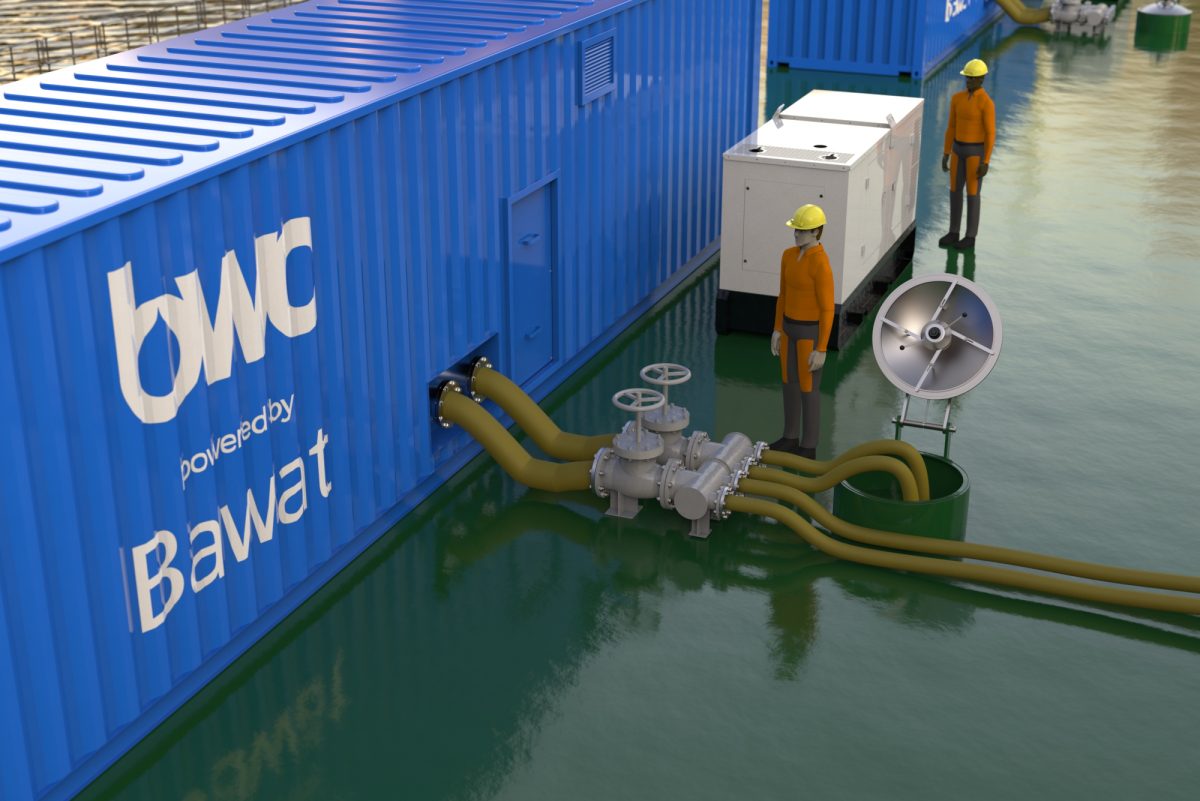- Top Tip Series: Avoid the Ballast Water Treatment System Tsunami
Technology providers and class societies alike have suggested that 2022 will be one of the busiest years to date, with regards ballast water installation activities! But what does this mean for the end user? We would suggest that to effectively meet D2 ballast water treatment deadlines, vessel owners should start their ballast water treatment plans this year, as early as possible. Indeed, the requirement for vessel owners to commence planning of their ballast water treatment plans is even more pressing than before, if they are to meet their D2 ballast water requirements effectively and efficiently.
For many years now, there have been warnings of a forthcoming “BWTS Tsunami,” yet despite the troubling predictions, the majority of vessels are still not compliant, nor moving towards being so. This inactivity, coupled with the looming legal deadline, will result in a congestion of supply chains and yard services, ultimately leading to increased costs.
The project duration for a typical ballast water installation scope is driven by a number of varying factors (technology, manufacturer, installation type, location, etc) however in general, most tend to last around 8-12 months, from beginning to end.
Within this time, there are many activities to complete, with multiple parties involved, including but not exclusive to the initial consultancy and technology selection; engineering and class approval; BWTS production and delivery; fabrication and installation works; personnel training – the list goes on…
The increase in vessel owners, collectively rushing to be compliant, before the final deadline of September 2024 will undoubtedly result in an increase in this 8–12-month average. To avoid getting caught in this “Tsunami” it is important that all vessel owners turn their attentions to their BW management plans as early as possible and avoid unnecessary inflated costs.
Vessel owners may also counteract the potential congestion through the exploration of a range of compliance solutions. This may take the form of weighing up alternatives to a traditional installation (such as prefabricated deckhouses or ship-type service containers) or the utilization of mobile or port-based solutions. There are a myriad of contributory factors and end solutions to consider, each with competing benefits, costs, and timescales. Given this and the predicted wave that is approaching, the main advice we would dispense is to start your preparations now.

